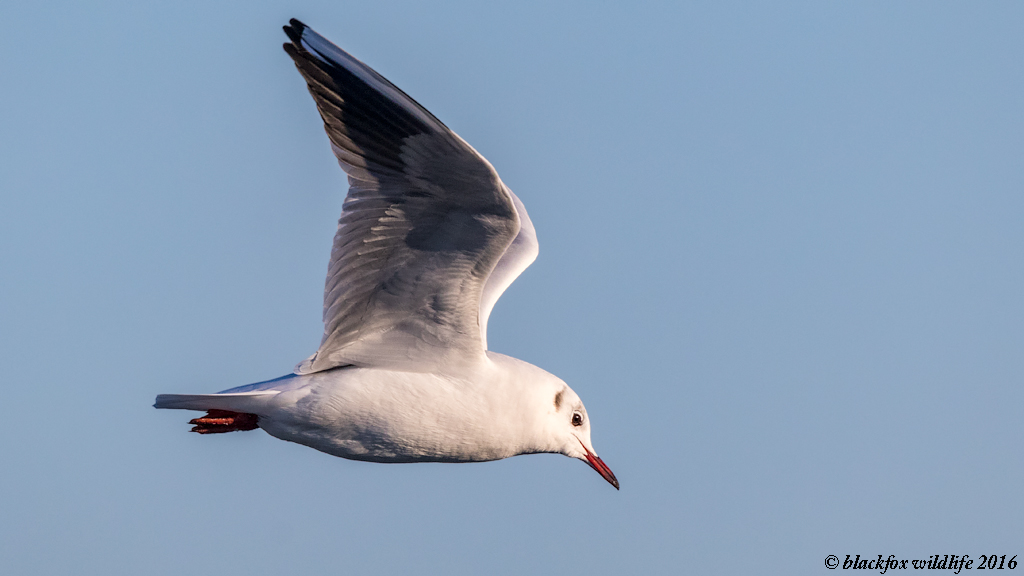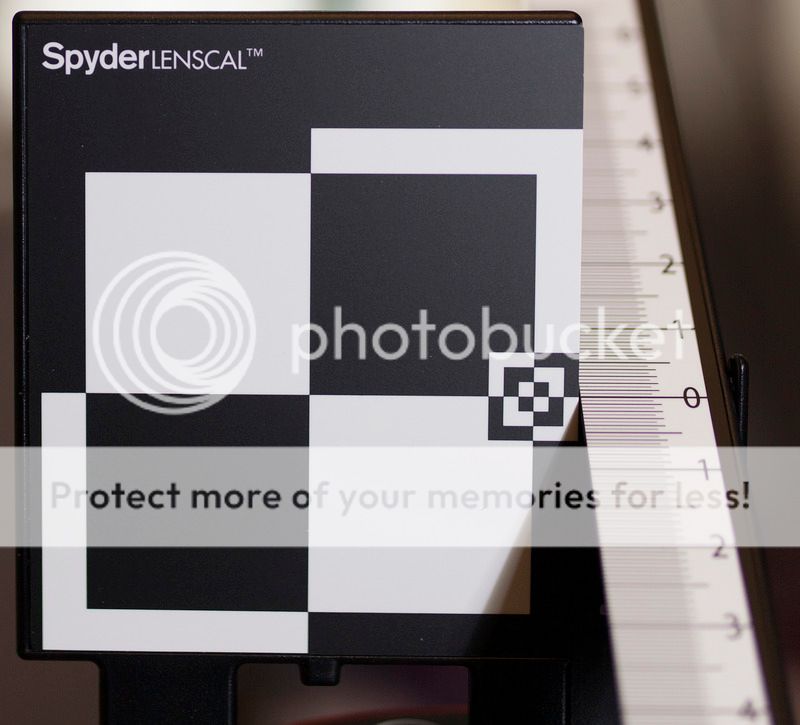- Messages
- 56
- Edit My Images
- Yes
Always ignored this feature on my 1D3/1D4 should i take time and with the necessary lenscal cards and take time to adjust this AF Micro Adjustment to avoid mis focussing?
I don't do much portrait work but do shoot wide open for sport. Thing is I've seen some kits as cheap as £3.90 up to £50 on Amazon and wondering if this is another lens adjustment that will cause me more grief than a benefit?
Have you adjusted your lenses this way, or assume a new lens and camera work perfectly all the time?
Cheers
I don't do much portrait work but do shoot wide open for sport. Thing is I've seen some kits as cheap as £3.90 up to £50 on Amazon and wondering if this is another lens adjustment that will cause me more grief than a benefit?
Have you adjusted your lenses this way, or assume a new lens and camera work perfectly all the time?
Cheers

 the occam effect
the occam effect